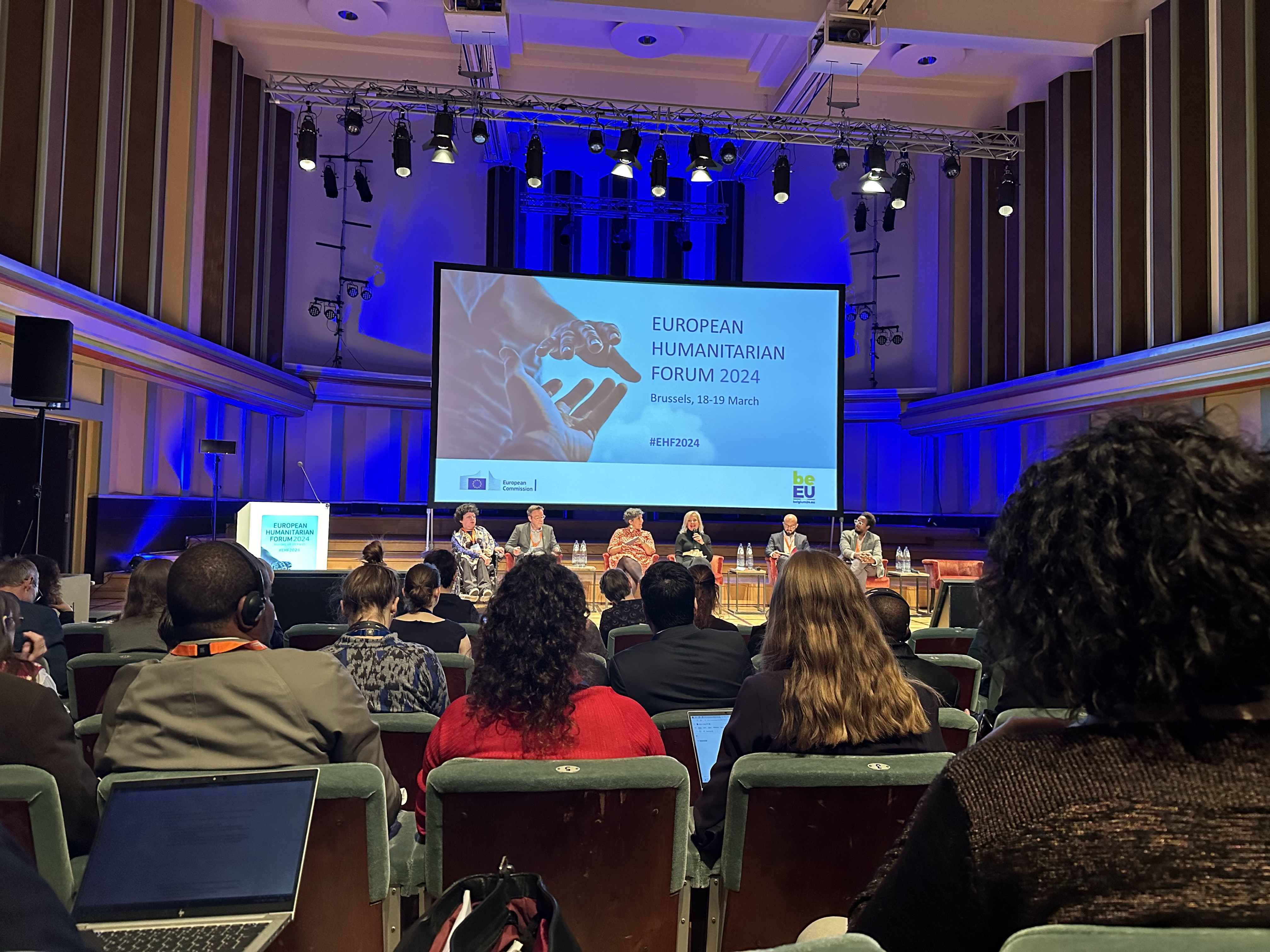European Humanitarian Forum 🇧🇪🇱🇺🇫🇷🇪🇸🇪🇺

European Humanitarian Forum, Brussels, Belgium, March 2024
At the end of March 2024, I travelled to Brussels to participate in the European Humanitarian Forum (EHF), an annual event that brings together humanitarian organisations, policymakers, donors, and experts to discuss the most pressing global humanitarian challenges. The forum, organised by the European Commission and its humanitarian branch, ECHO, serves as a platform for debate, collaboration, and policy-shaping. This year’s discussions covered a wide range of topics, with a particular focus on Latin America and Venezuela, allowing for valuable exchanges on how to better respond to humanitarian needs in the region.
🔗 Learn more about the European Humanitarian Forum here: https://civil-protection-humanitarian-aid.ec.europa.eu/news-stories/events/european-humanitarian-forum-2025-2025-05-19_en
While the forum was the main purpose of my trip, I was fortunate to have the weekend free, which gave me the opportunity to re-explore Luxembourg and take my first trip to Lille, France. I travelled between these cities by bus and train, making the journey both convenient and enjoyable.
Luxembourg – A Return to the Grand Duchy
Luxembourg is a small but fascinating country, known for its historic old town, modern financial district, and stunning landscapes. Even though I had visited before, I thoroughly enjoyed walking through the UNESCO-listed Old Town, admiring the impressive Bock Casemates, and strolling along the scenic Chemin de la Corniche, often called “Europe’s most beautiful balcony.” The city’s mix of medieval fortifications, elegant squares, and modern institutions makes it a unique blend of history and contemporary European influence.
Lille – A Hidden Gem in Northern France
While I had been to many places in France, this was my first time in Lille, and I was truly charmed by the city. Located near the Belgian border, Lille is often overlooked compared to Paris or Lyon, but it has a distinct identity, shaped by Flemish, French, and industrial influences.
Exploring Lille’s Historic Centre
The heart of the city is the Vieux-Lille (Old Lille) district, a beautiful area filled with narrow cobblestone streets, pastel-coloured houses, and Flemish-style architecture. Walking through the Grand Place, the main square, I was struck by the ornate façades of historic buildings, including the Vieille Bourse (Old Stock Exchange), a 17th-century masterpiece with an inner courtyard where bookstalls and chess players gather.
A City of Culture and Energy
Lille is a university city, which means it has a vibrant atmosphere, with cafés, street performances, and lively markets adding to its appeal. I took time to visit the Palais des Beaux-Arts, one of France’s largest art museums, where I admired works by Rubens, Van Dyck, and Delacroix. The city also has a rich industrial past, and areas like Le Tripostal, a former mail-sorting centre turned into an exhibition space, show how Lille has reinvented itself as a cultural hub.
Lille’s Flemish Influence
Unlike other French cities, Lille has a strong Flemish heritage, evident in its architecture and cuisine. I couldn’t leave without trying the local speciality, carbonnade flamande, a delicious beef stew slow-cooked in beer—perfect for the cool spring weather. Another must-try was the Maroilles cheese tart, a regional dish known for its strong flavour.
A Trip of Contrasts and Discoveries
From the formal discussions in Brussels to the medieval charm of Luxembourg and the unexpected beauty of Lille, this trip was filled with new experiences and familiar places. The European Humanitarian Forum provided an opportunity to engage in important discussions, while my weekend explorations allowed me to appreciate the cultural richness of this corner of Europe. Lille, in particular, stood out as a city I would love to return to, with its unique mix of French and Flemish heritage, artistic spirit, and warm atmosphere.
Please click here to access the album.
